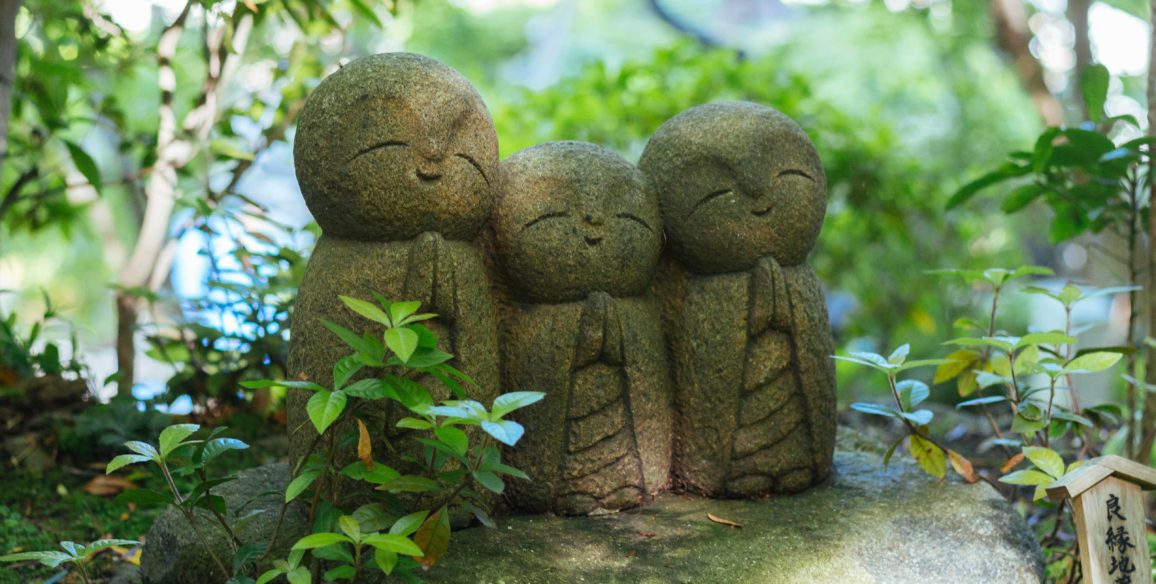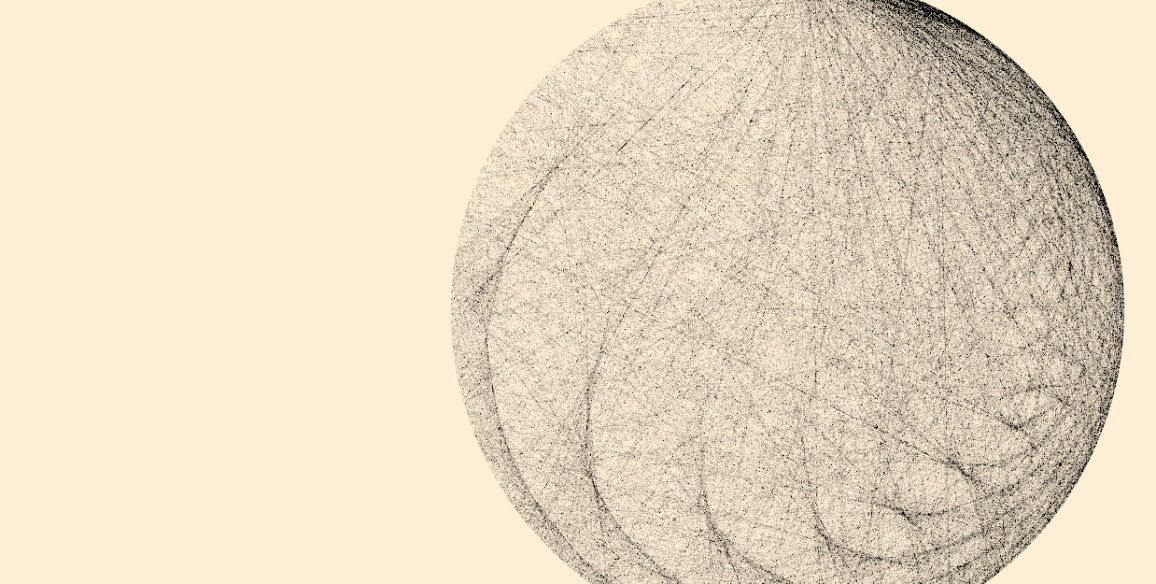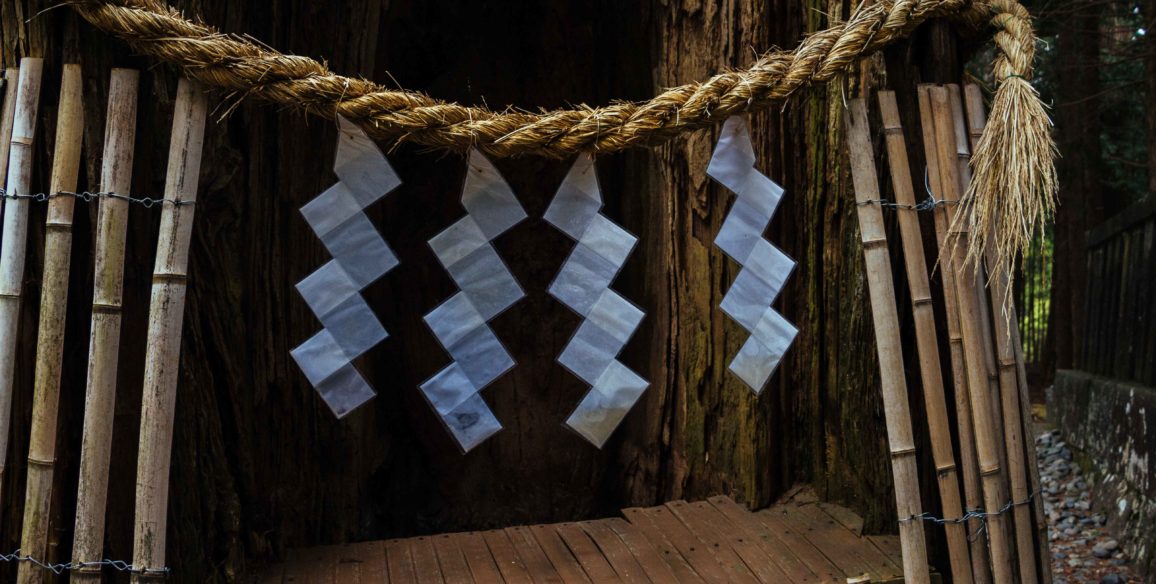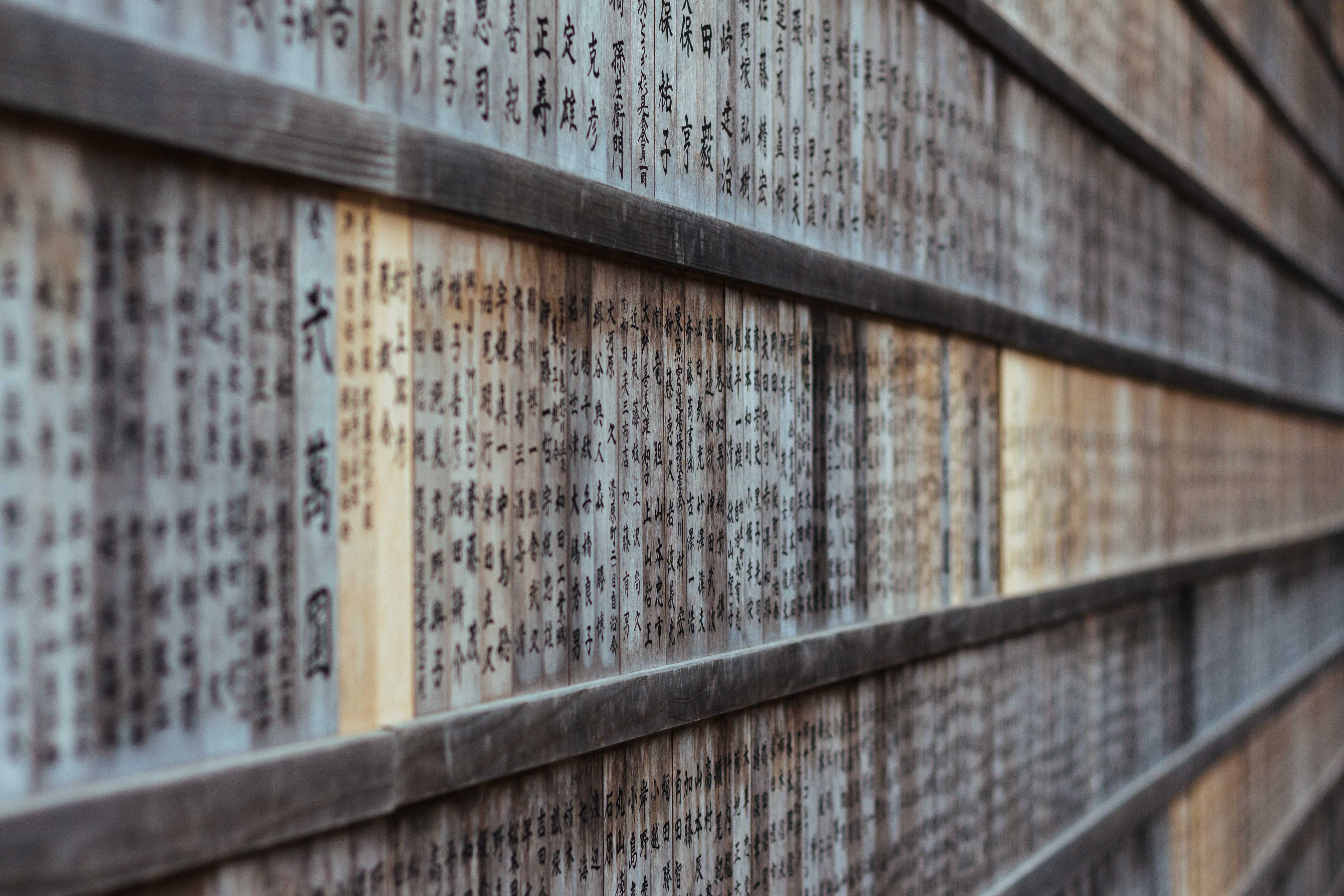
Cluster Leader: George Keyworth, University of Saskatchewan
The field visits of Cluster 2.2 were designed to focus on investigating the “primary” roles that “secondary” producers—Khitans, Jurchens, Koreans and Japanese—played in transmitting, editing, venerating and preserving Buddhist literature in Chinese during the medieval period in East Asia (ca. 10th – 15th centuries). Participants in each cluster workshop at sites in Japan (2017), South Korea (2018) and China (2019) addressed two research questions: (1) what roles did editors, scribes, translators, and readers play in canon-making of Buddhist literature in Chinese, and (2) how did non-religious factors shape this process? We inspected how the Buddhist canon cataloged in 730 and 800 in China with 1046 (alt. 1048) – 1258 titles in 5048 – 5390 rolls was conscientiously conserved and transmitted in medieval Japan in manuscript form, augmented in Korea with the first (1011-1087) and second (1237-1249) Goryeo xylographic printed canons, and preserved in rock by the Khitan Liao (907/916-1125) and Jurchen Jin (1115-1234) states in what is today northern China.
Our research in 2017 in Kyoto and Osaka, Japan focused on the manuscript Buddhist canon copied for Hata clan shrine priests in the 12th century and kept at Matsuono’o Shrine 松尾大社 until 1857, when it was acquired by Daihonzan Hokkeshū Myōrenji 大本山法華宗妙蓮寺 (temple), and the canon from Amanosan Kongōji 天野山金剛寺 (in Osaka). Participants explored the rich and detailed colophons on several exemplary texts (e.g., Flower Garland 華嚴經 [60 roll ed.] and Great Perfection of Wisdom 大般若經 Sūtras) and objects of material culture (‘Chinese’ chests called karabitsu 唐櫃), and addressed how individuals from lesser-known Shingon- and Tendai-affiliated (especially Miidera 三井寺 or Onjōji 園城寺) temples and shrine libraries played a considerable role in transmitting and preserving such a large body of religious literature. In 2018, participants visited the National Museum of Korea to examine folios from the First Korean Canon with a talk by Dr. Sem Vermeersch (Seoul National University), Dongguk University to examine rare printed materials including commentaries to the Flower Garland Sūtra printed on indigo paper and gold ink, and listened to a lecture by Dr. Choe Yeonsik (Dongguk). We also visited the libraries of Haeinsa 海印寺 and Songgwangsa 松廣寺 to examine other rare printed Buddhist texts and consider how Koreans played an central—rather than peripheral—role in transmitting long, key commentaries with images and interred some of these texts within images (see cluster 3.3). The topic of manuscript, xylographic printed, and stone-cut or epigraphical editions of Buddhist texts across East Asia during the medieval period was addressed in a lecture by Dr. Song Il-gie (Chung-Ang University). Participants in the 2019 workshop first visited several well-known sites in Hangzhou, China to be exposed to the tradition of inscribing dhāraṇīs (spells) on pillars. Next, we traveled to Yunju temple 雲居寺 near Beijing to join an international symposium co-sponsored with Dr. Sheng Kai (cluster 3.2) on “Stone Carved Scriptures, Belief, and Religious Life: The Ideology and Medium of the Chinese Buddhist Social Life.” The group then examined the many dhāraṇī pillars now kept at Yunjusi and the Fangshan 房山 Stone Canon, paying special attention to the contributions to the canon during the 11th century when the area was under Khitan control. Finally, we traveled to the city of Chaoyang in Liaoning province, where we examined the three pagodas constructed there by the Khitans during the mid-11th century. Only North Pagoda 北塔 has been excavated, but we found a dhāraṇī pillar from East Pagoda 東塔 preserved on the site of the local Guandi temple- 關帝廟 museum. Inside North Pagoda is a marvelous four-tier, eight-sided dhāraṇī pillar with 9 dhāraṇīs, including several which were translated during the Liao dynasty by an Indian monk named *Maitrībhadra (Cixian 慈賢).
Field visits to these sites gave participants unique perspective to investigate how much of the Buddhist literature in classical Chinese (but certainly pronounced in local, vernacular languages when read aloud or discussed among small groups) which scholars often simplistically refer to as “Chinese” was produced, reproduced, edited, copied and preserved in manuscripts, printed texts and inscribed on stones by individuals and communities who almost certainly did not speak any Chinese language on a daily basis. By investigating the material culture from these sites in Japan, Korea and China, researchers not only were exposed to understudied or virtually unknown data that must be considered alongside specific sites and within local contexts, but they also learned how to conduct fieldwork at specific sites and in archives and temple libraries, well beyond the comfort of academic research libraries or on the internet using only handy databases with mostly late, printed editions of Buddhist texts (e.g., http://cbetaonline.dila.edu.tw and http://21dzk.l.u-tokyo.ac.jp).
On origin of Buddhist scriptures, see BEAR Research Briefs—Where do Buddhist scriptures come from?
View digital data collection for 2017 here.
View digital data collection for 2018 here.
The report from the 2018 field visit can be found here.
View digital data collection for 2019 here.
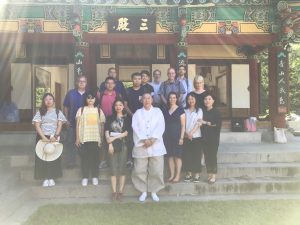 Photo of 2018 group
Photo of 2018 group
| Affiliated Researchers | Associated Researchers |
| Baycroft, Anne (University of Saskatchewan) – 2017, 2019 | Baba, Hisayuki (Bukkyō University (Kyoto)) – 2017 |
| Bingenheimer, Marcus (Temple University) – 2017 | Daisuke, Teshima (Nagoya University) – 2017 |
| Doell, Steffen (University of Hamburg ) – 2017, 2018 | Duoer, Daigengna (University of Toronto) – 2017 |
| Galambos, Imre (Cambridge University) – 2017, 2019 | Guilbault, Russell (University of Buffalo) – 2017 |
| Hou, Xiaoming (École pratique des hautes études) – 2017 | Jamentz, Michael (Ritsumeikan University (Kyoto)) – 2017 |
| Keller, Matthew (University of Southern California) – 2017 | Kenryō, Shibata (Nagoya University) – 2017 |
| Keyworth, George (University of Saskatchewan) – 2017, 2018, 2019 | Lin, Pei-ying (Fu Jen Catholic University (Taiwan)) – 2017, 2018 |
| Kochinski, Lisa (University of Southern California) – 2017 | Pedersen, Hillary (Doshisha University) – 2017 |
| Messerschmid, Léo (University of Hamburg) – 2017 | Tsui, Chunghui (University of Hong Kong) – 2017 |
| Wu, Jiang (University of Arizona) – 2017, 2019 | Tu, Xiaofei (Appalachian State University) – 2017 |
| Andrews, Susan (Mount Allison University) – 2018 | Borgen, Robert (University of California Davis) – 2018 |
| Chon, Barom (Temple University) – 2018 | Gong, Yi (University of Arizona) – 2018 |
| Kim, Youn-mi (Ewha Womans University) – 2018, 2019 | Grossman, Eike (Hamburg University) – 2018 |
| McBride, Richard (Brigham Young University-Hawaii) – 2018, 2019 | Tian, Menglu (University of British Columbia) – 2018, 2019 |
| Roh, Yohong (Temple University) – 2018 | Wu, Chih-ying (University of California Berkeley) – 2018 |
| Zhai, Minhao (Princeton University) – 2018 | Chan, David (University of Michigan) – 2019 |
| Van Cutsem, Laurent (Ghent University) – 2019 | Shibata, Kenryō (Nagoya University) – 2017 |
| Luo, Yuqing (Columbia University) – 2019 | Teshima, Daisuke (Nagoya University) – 2017 |
tải bản đồ - xin vui lòng chờ...

